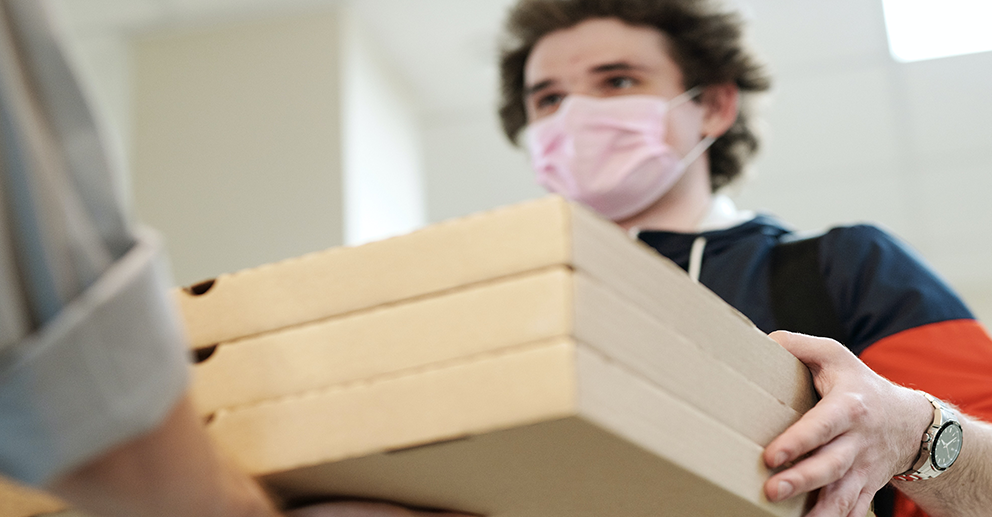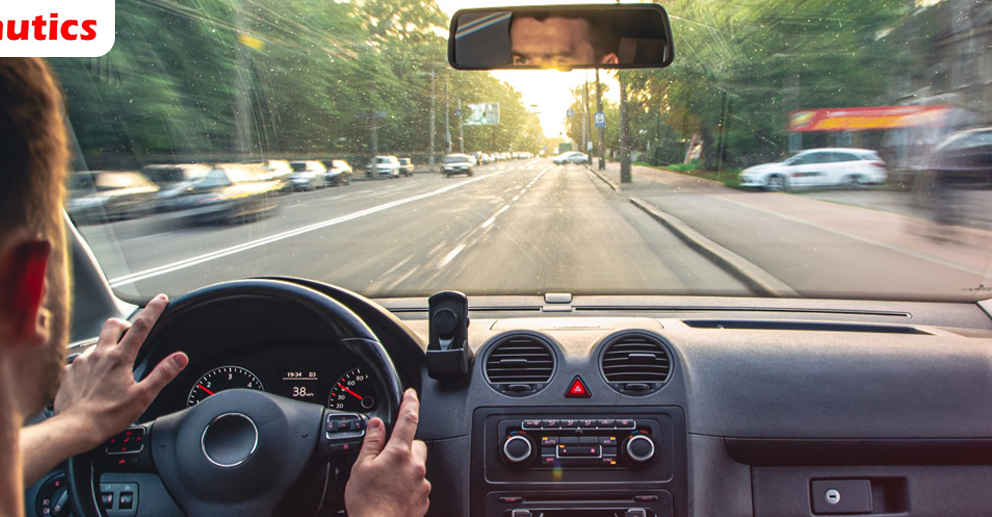The future is now. At least when it comes to delivery, that is. With the evolution of e-commerce and the boom in online shopping, there has been a corresponding spike in last-mile delivery services like Postmates, Uber Eats, Grubhub, DoorDash, and others. This blog post will explore how these new companies are affecting traditional carriers like FedEx and UPS.
In the US alone, over $1 trillion of e-commerce purchases happen each year. That’s a lot of people that are waiting on their deliveries! And with the rise in popularity of online shopping and an increase in demand for convenience (e.g. order now and get it delivered later), businesses are scrambling to find solutions for this problem before it becomes an epidemic. It’s clear that something needs to change, but what? Here at Anstel Global, we’ve got you covered – our fleet drivers can deliver your package right up to your doorstep or even inside your home if you’re not home!
The global Last-Mile Delivery Market was valued at USD 18.7 billion in 2020 and is expected to reach USD 62.7 billion by 2027, growing at a CAGR of 18.9% (Globe News Wire)
The last-mile delivery sector in India is growing steadily and is expected to reach a market size of $6 billion by 2024 (Indian Express)
Over nine billion US dollars will have been invested in last-mile delivery startups in North America by 2020. In the same year, the region’s last-mile delivery market was estimated to be worth 39.9 billion US dollars (Statistica)
Domestic parcel traffic increased to more than 24.8 billion units in 2020, up from 21 billion parcels the previous year (Statistica)
Global parcel and express volume growth rates have accelerated in recent years, reaching 5.6% in 2019. This is up from 4.3% in 2014 (Statistica)
The average last-mile cost incurred by organizations worldwide during 2018 was approximately 10.1 US dollars (Statistica)
In 2018, 19% of businesses preferred to deliver online orders directly to the retail storefront for same-day delivery (Statistica)
In 2018, last-mile delivery costs accounted for 41% of total supply chain costs compared to 13% for warehousing (Statistica)
Delivery costs are the biggest challenge for logistics providers in last-mile delivery in the US (Statistica)
The autonomous last-mile delivery market is expected to grow from $11.9 billion in 2021 to nearly $85 billion in 2030. The development of aerial delivery drones is driving the autonomous last-mile delivery market (Statistica)
The North American last-mile delivery market was valued at $31.25 billion in 2018. It is expected to hit $51 billion by 2022 (Statistica)
According to a 2020 global survey, parcel lockers and pick-up and drop-off (PUDO) services will grow the fastest. Aside from parcel lockers and PUDOs, other delivery options include in-car or home delivery (Statistica)
16% of retailers and logistics providers around the world believe that electric vehicles will become increasingly important in the coming years for last-mile delivery (Statistica)
In a 2017 global retail supply chain survey, retailers and manufacturers ranked cost reduction and margin improvement as their top last-mile priorities (Statistica)
Last-mile delivery revenue in Thailand increased 31.3% in 2020. It was also expected to rise by 19% in 2021 (Statistica)
The last-mile delivery logistics market is expected to reach 2.54 trillion Japanese yen in 2020. The COVID-19 situation drove demand for deliveries in 2020. The last-mile delivery market is expected to triple by 2023 (Statistica)
According to a 2017 retail supply chain survey, 66% of retailers expect next-day delivery from last-mile partners (Statistica)
In a 2018 survey, only 1% of respondents thought DHL had the best package tracking features among the major US last-mile delivery companies. UPS received the most votes (36%) (Statistica)
That concludes our roundup of last-mile delivery statistics.
Now I’d like to hear your thoughts on this list of stats.
Which statistic, in particular, surprised you the most? Please share your thoughts in the comments section below.

 Global
Global Australia
Australia India
India




